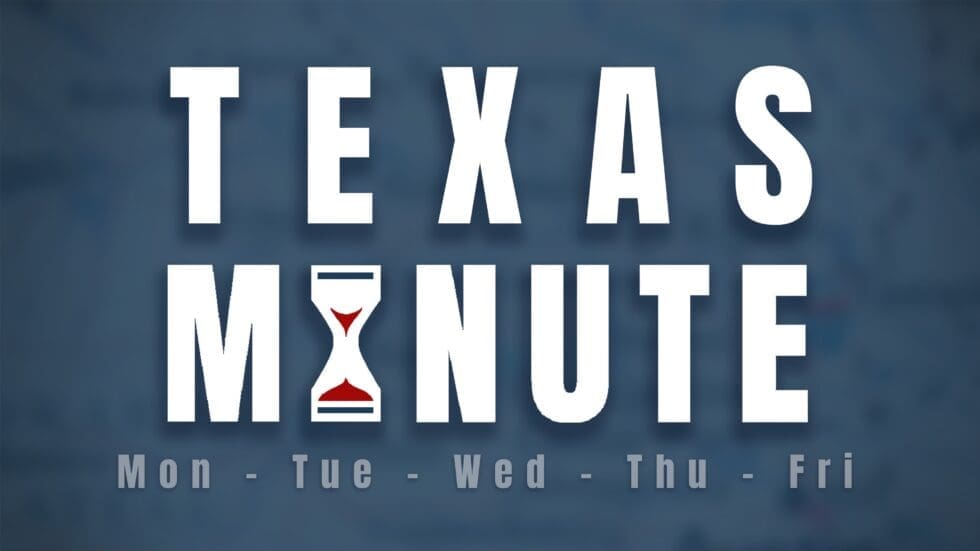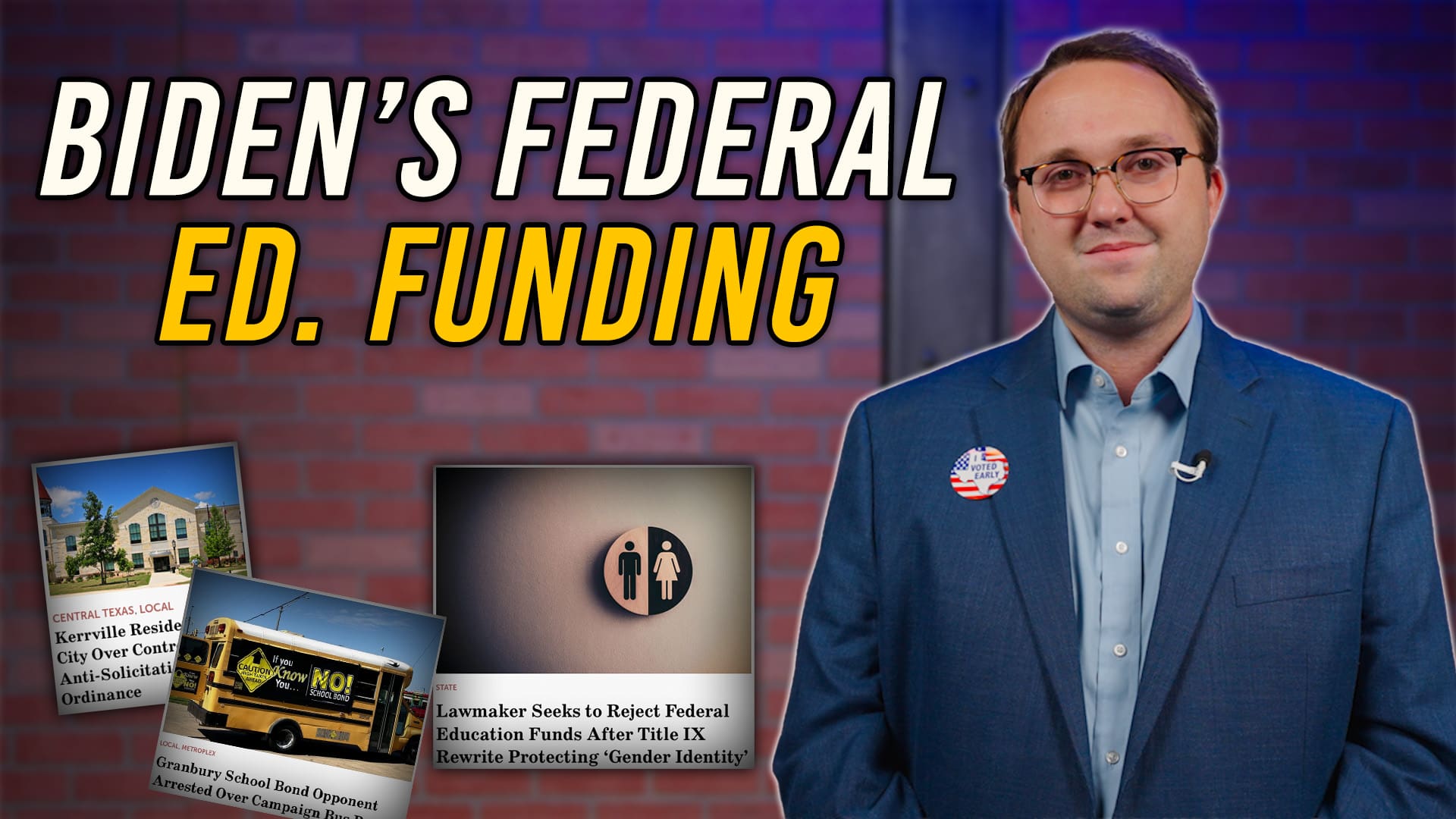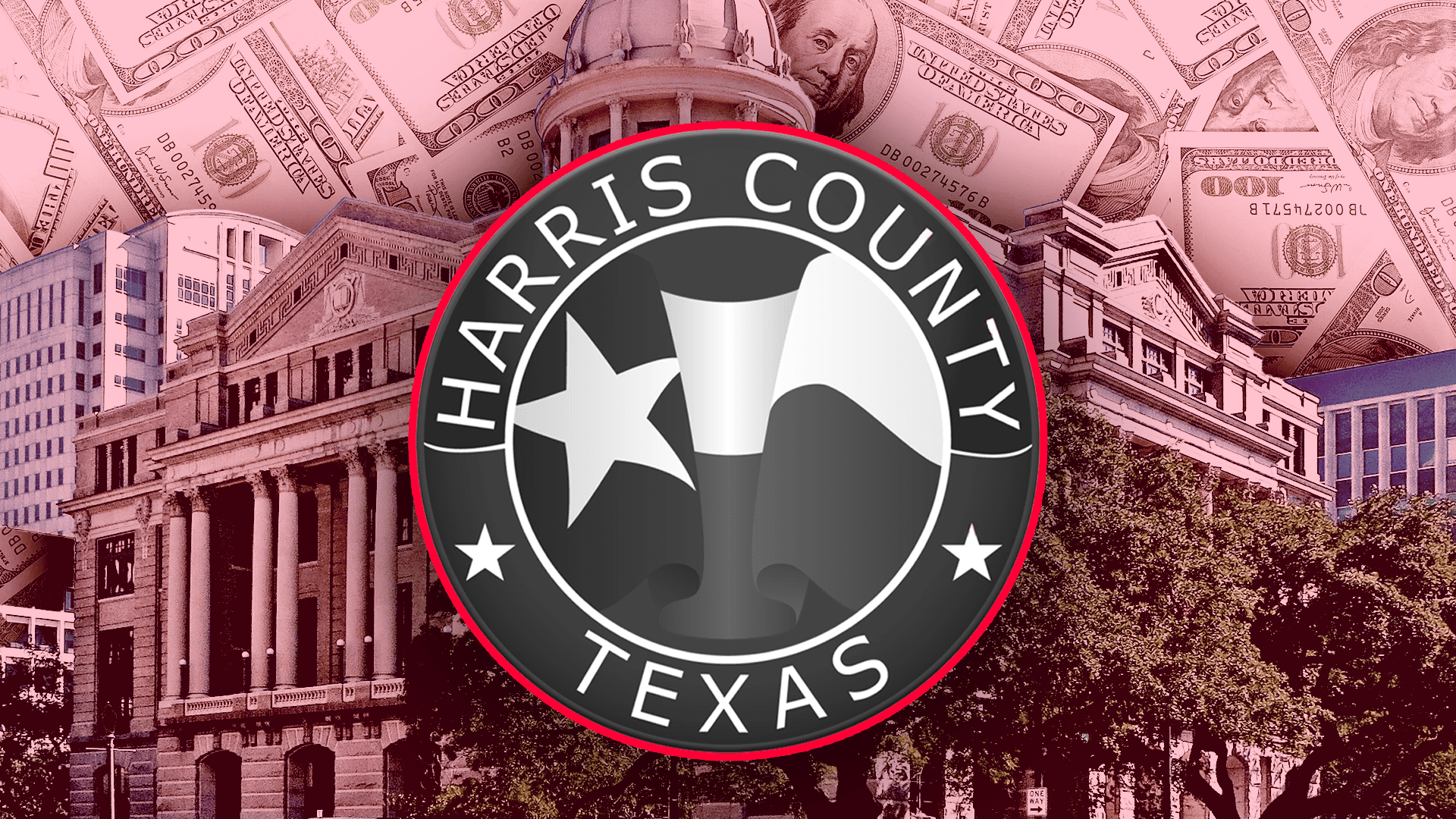House budget writers added an additional $800 million to the 2016-17 budget plan on Wednesday in an effort to increase education spending. This brings the House’s proposed education spending to a total of $3 billion, well beyond the $2.2 billion that’s needed to accommodate the projected increase in student enrollment.
Public Education Committee Chair Jimmie Don Aycock (R-Killeen) ambiguously stated, “We’re going to try to do what’s right for the state of Texas.”
The $2.2 billion originally designated for public education in the House plan would be sourced from local property tax revenue. The additional $800 million will come from the state’s General Revenue Fund, tax dollars that would otherwise be available for other state needs such as transportation or tax cuts.
In previous biennia, school districts have sued the state for “inadequate” funding, and have received additional monies as the result of court rulings. But it appears that the increase announced Wednesday morning is aimed at preempting such backlash by dumping superfluous funds into public education.
The base budget plan that passed the House Appropriations Committee on Tuesday left $2 billion in room underneath the state’s spending cap. Today’s $800 million addition to a sector already well-equipped with a $2.2 billion increase splits that remainder almost in half. Very little room is left for the House to incorporate the historic tax cuts recently passed by the Senate.
Placation is an expensive habit. By pouring excessive money into public education when other pressing issues demand priority, House officials hope to avoid the ire of teachers’ unions who often portray them as antagonistic to the cause of education regardless of actual funding levels.
These adjustments to HB 1, meanwhile, ignore the needs of taxpayers currently burdened by rising property tax burdens. Predictably, House leadership is following through on providing a stark contrast to that of the upper-chamber regarding legislative priorities. In this case, tax cuts have taken a back seat to indiscriminate increases in education funding over and above what the state’s population growth demands.




